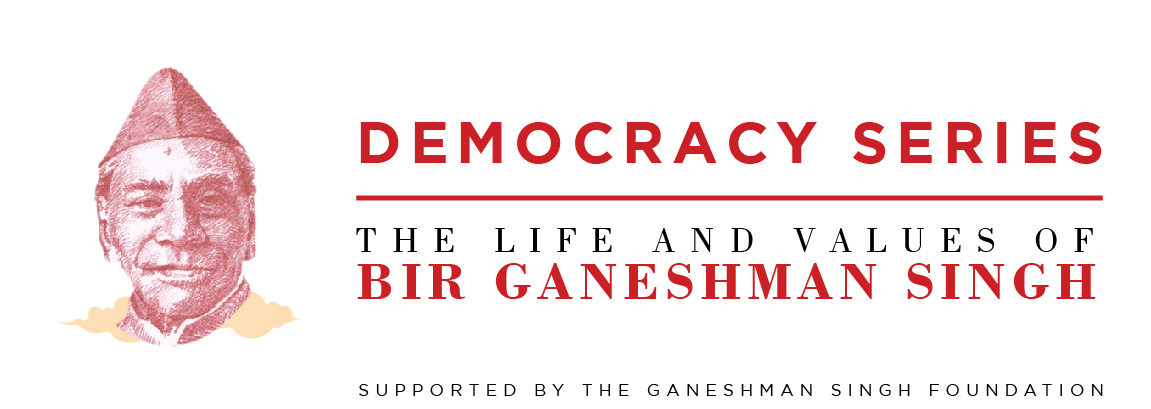After Singh determined that the time for a mass movement (People’s Movement) was the need of the hour, he began to draw a grand design plan for the same. While charting a course of action, he listed the following things which needed attention before launching the revolution.
- Choosing an able Supreme Leader
- Alliance with other parties
- Allowing the king time to make amends
- Improving relation with India
- Garner the support of other pro-democracy Western nations
- To gain the favour of the press/media
- Preparing the people for a revolution.
Choosing an able Supreme Leader:
When Singh broached the subject of choosing an able leader with other party members, they, without hesitation said Singh himself should be the leader.
Reason being the success of his leadership during the Revolution 1951 AD (Saat Saal ko Krant). Although Singh was only 35 years of age at the time, he, along with a resolute nature, had demonstrated excellent leadership skills.
Singh agreed, however, said let us hear out our Communist friends as well, if they would be willing to accept me as the leader of the People’s Movement.
Alliance with other parties:
The next task for Singh was then to gain the support of the communist leaders. At the time, the communist movement in Nepal was fragmented, and it took Singh significant time to get them all together to talk. Distrust of Nepali Congress within communist leaders did not help.
However, one day, he was successful in sitting down with Tulsi Lal Amatya, Man Mohan Adhikari, and Krishna Lal along with young leaders including Jhalanath Khanal and R K Mainali. After much dialogue, and a personal guarantee that communist leaders will not be ousted by NC after the revolution, he was able to garner their support.
Interestingly, just before heading out, Singh suggested the communist leaders in the room to form a party and a working committee for ease of communication – after which seven communist parties merged to become one, and charting the way for unified communism movement in Nepal. (not to be confused with CPN: Maoist Centre).
Allowing the king time to make amends:

Singh also believed that a notice to the king of the impending People’s Movement was necessary – therefore the party was able to collect 500,000 signatures asking a “peaceful transition into a multi-party democracy system”. However, a response wasn’t met.
Improving relation with India:
While Nepali Congress had enjoyed the much needed support from India during the 1951 Revolution, things weren’t the same ahead of the 1991 Revolution. Although India had supported King Mahendra’s decision to establish a Panchayat System, however, in 1989 Nepal-India relations were sour – with an ongoing blockade against Nepal by India, cutting off much of essential supplies. With then Prime Minister, Marich Man Singh Shrestha refusing to kowtow to India’s demands, relationship between the palace and India was at a low.
Singh and his friends were unsure if India would support the 1991 Revolution, however, initiative towards improving relations needed to be taken.
Connecting with pro-democracy nations of the West:
Along with India, Singh also decided to connect, and get the support of other pro-democracy Western nations. And similarly, began to inform the UK, the US, Germany, France and Israel of their intentions.
Favour of the Press:
Most of Nepal’s press at the time was state-owned – expecting support from them would be a futile endeavour. However, there were a few bold newspapers and international news correspondents who Singh and his friends began to talk to.
Preparing the people:

What good is a People’s Revolution without people? Therefore, Singh, and his friends spent maximum efforts to prepare the people for a revolution.
Most importantly, he focused on removing the fear of the state from the people – he would often be seen making very bold speeches against the monarch on public platforms, which over time won the confidence of the people.
Personally, to dispel the fear he had inside him, he would meditate – often during the midnight hour and at odd locations which would evoke fear within the human soul.





